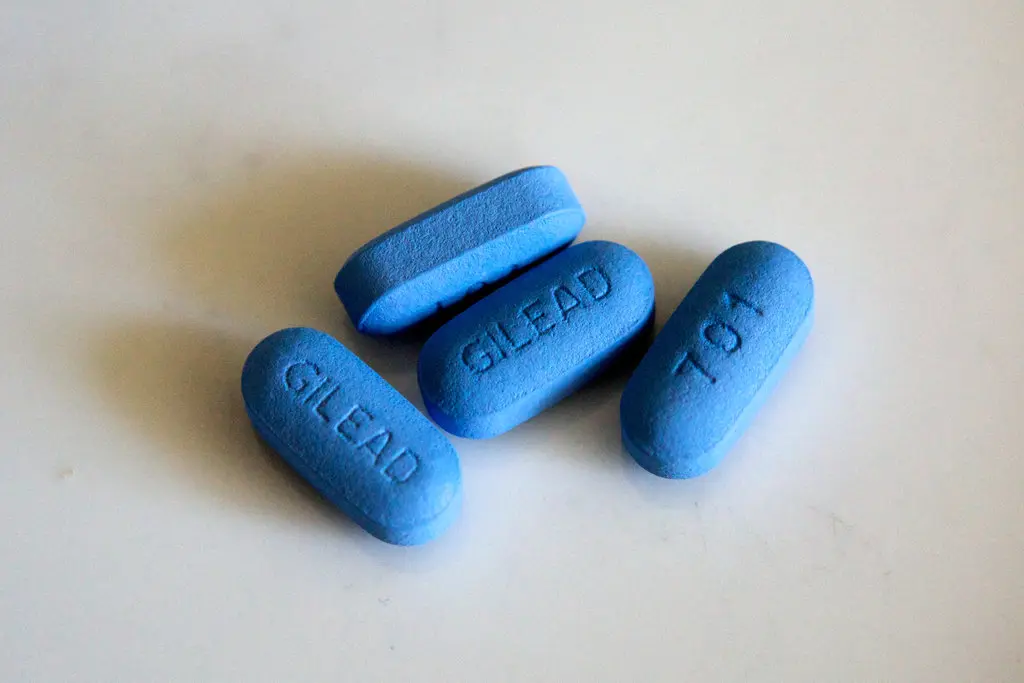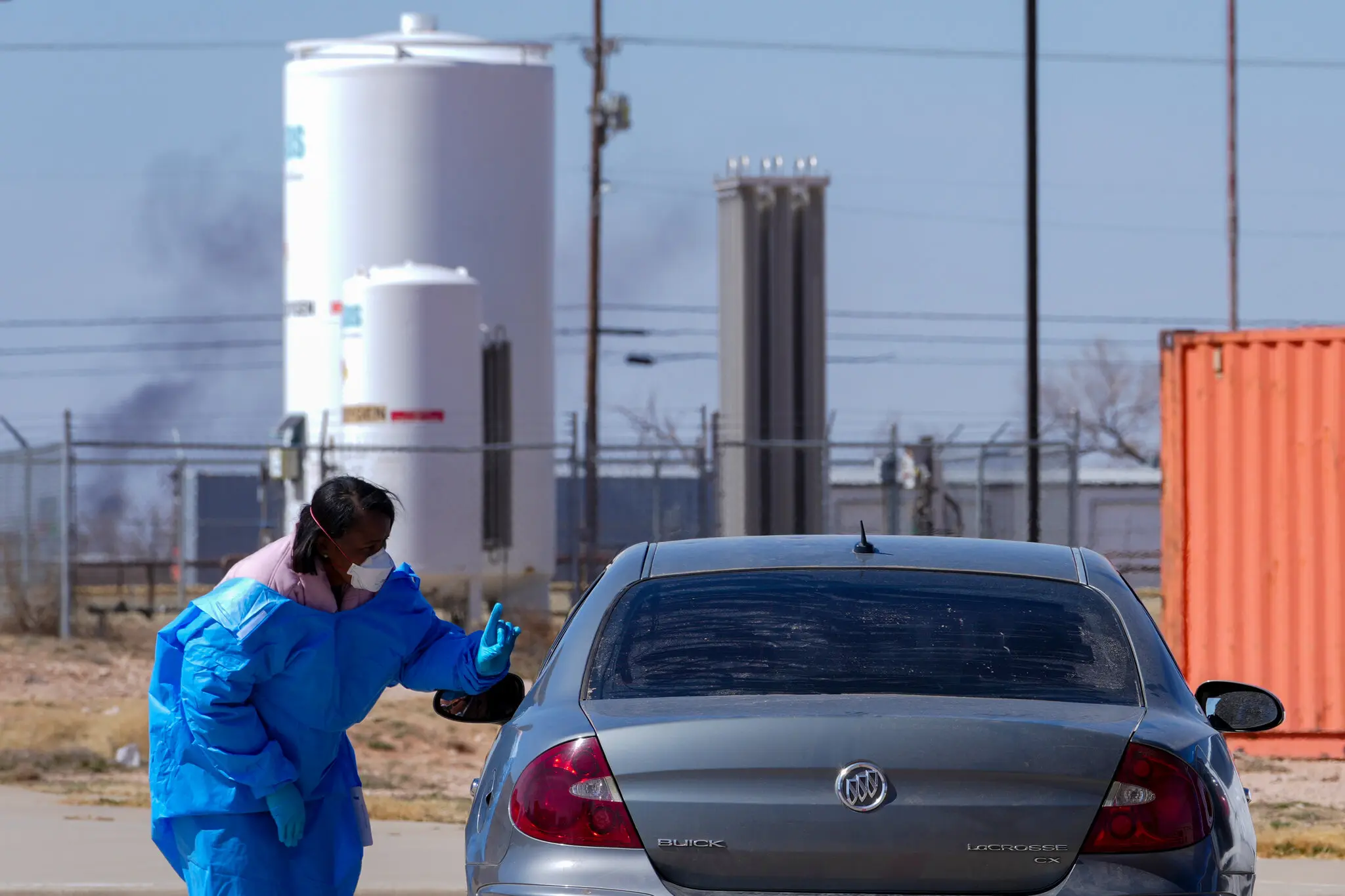Rise of HIV Prevention Pill in Australia Coincides With Sharp Decline in Condom Use
Australia’s rollout of PrEP, a highly effective HIV prevention drug, has led to a notable decline in new infections—but it’s also been accompanied by a steep drop in condom use, raising concerns about other sexually transmitted infections.
Over the past decade, Australia has been a global leader in the rollout of PrEP (pre-exposure prophylaxis), a daily pill that dramatically reduces the risk of HIV infection for people at high risk. Since its public subsidy and wide availability, the country has seen a major reduction in new HIV transmissions, especially among gay and bisexual men—the demographic most affected by HIV in Australia. However, the success of PrEP has come with an unintended side effect: a significant decline in condom use.
The Rise of PrEP in AustraliaIn 2018, Australia became one of the first countries to make PrEP widely accessible through its public health system, subsidized by Medicare. The move followed strong advocacy from LGBTQ+ health organizations and was supported by scientific studies confirming that when taken consistently, PrEP reduces the risk of HIV infection by more than 99%. By 2022, over 45,000 people were using PrEP in Australia, with the majority being gay and bisexual men.
Public health campaigns actively encouraged its use, positioning it as a revolutionary tool in the fight against HIV. Condom Use Declines SharplyAccording to national health data and surveys, condom use among gay and bisexual men has dropped dramatically since PrEP became widely available. In the early 2000s, condom use for casual sex in this group was around 70%.
By 2023, that number had fallen to under 30%. While this trend was somewhat expected—given that PrEP offers HIV protection without the need for a barrier method—it has sparked debate in the medical community about the broader consequences of declining condom use. Rise in Other STIsOne of the main concerns is the sharp increase in other sexually transmitted infections (STIs) such as gonorrhea, chlamydia, and syphilis.
Unlike HIV, these infections are not prevented by PrEP and are typically blocked by condom use. Dr. Megan Jones, a sexual health specialist in Sydney, explains, “PrEP is incredibly effective at preventing HIV, but it doesn’t offer protection against everything else.
We’re seeing a rise in STIs, particularly among young men who have sex with men. ”Data from New South Wales (NSW) Health confirms this trend. Between 2018 and 2023, gonorrhea cases increased by 40%, while syphilis cases nearly doubled.
Health officials attribute part of this surge to reduced condom use following the widespread adoption of PrEP. The Debate: Public Health Success or New Challenge?Some argue that the trade-off is justified. Preventing HIV, once a life-threatening illness and still a lifelong condition requiring treatment, remains the top priority.
“HIV is still the biggest concern. If we can eliminate it through PrEP, that’s a monumental achievement,” says Dr. Peter Anderson, a professor of epidemiology.
“We can treat other STIs, but HIV prevention is much harder without PrEP. ”Others, however, urge caution. “It’s not just about HIV anymore,” says Dr.
Jones. “We’re seeing syphilis outbreaks in urban centers. Some STIs are becoming harder to treat due to antibiotic resistance.
This is not a zero-sum game. ”Changing Attitudes Toward Safe SexAnother factor is the evolving cultural perception of what 'safe sex' means. For decades, condoms were the symbol of safe sex and responsible behavior.
PrEP has shifted that narrative. Younger generations of gay men, many of whom grew up after the peak of the AIDS epidemic, now see PrEP as the norm—and some don’t feel the same urgency to use condoms as their older counterparts did. James, 27, a PrEP user from Melbourne, says, “I’ve never known anyone with HIV, and PrEP is easy to get.
I still test regularly, but I don’t use condoms unless I really need to. ”Frequent Testing: A Silver LiningOne benefit of the PrEP rollout is that users are required to undergo regular health checkups, including quarterly HIV and STI screenings. This means infections are often caught and treated quickly.
Public health officials emphasize that testing remains a cornerstone of the strategy. “Frequent testing allows us to catch outbreaks early and prevent them from spreading further,” says Dr. Anderson.
However, critics argue that regular screening still doesn’t replace the preventive power of condoms. Treatment availability also varies by location, and rising STI rates can still strain health systems. Australia’s Public Health ResponseIn response to the shift in sexual behavior, Australian public health campaigns have adapted their messaging.
Rather than focusing solely on condom use, recent campaigns emphasize a broader 'combination prevention' strategy—encouraging PrEP, regular testing, open communication with partners, and informed choices. The goal, officials say, is not to shame people out of PrEP or into using condoms, but to present all the options and risks honestly. “Sexual health is about empowerment and choice,” says Karen Price of the Australian Federation of AIDS Organisations.
“We need to respect people’s decisions while making sure they’re fully informed. ”International Lessons and Global ImplicationsAustralia’s experience mirrors that of other countries with widespread PrEP access, including the U. S.
, U. K. , and France.
All have reported a similar drop in condom use and a rise in STIs. As other nations consider scaling up PrEP availability, public health experts say it's crucial to learn from Australia’s example. “PrEP is a game-changer, but it’s not a panacea,” says Dr.
Jones. “Any national PrEP strategy must include robust STI surveillance, education, and easy access to treatment. ”Conclusion: Striking a BalanceThe introduction of PrEP in Australia has been a landmark achievement in HIV prevention.
It’s saved lives, empowered communities, and helped reduce stigma. But it has also ushered in a new era of sexual health—one that demands updated approaches to education, prevention, and care. As condom use declines, the focus must shift toward broader sexual health literacy and making testing, treatment, and informed choice accessible to all.
Australia's next challenge is not to stop the success of PrEP but to build a more resilient, comprehensive, and inclusive system of sexual health for the 21st century.
27th july 2025



